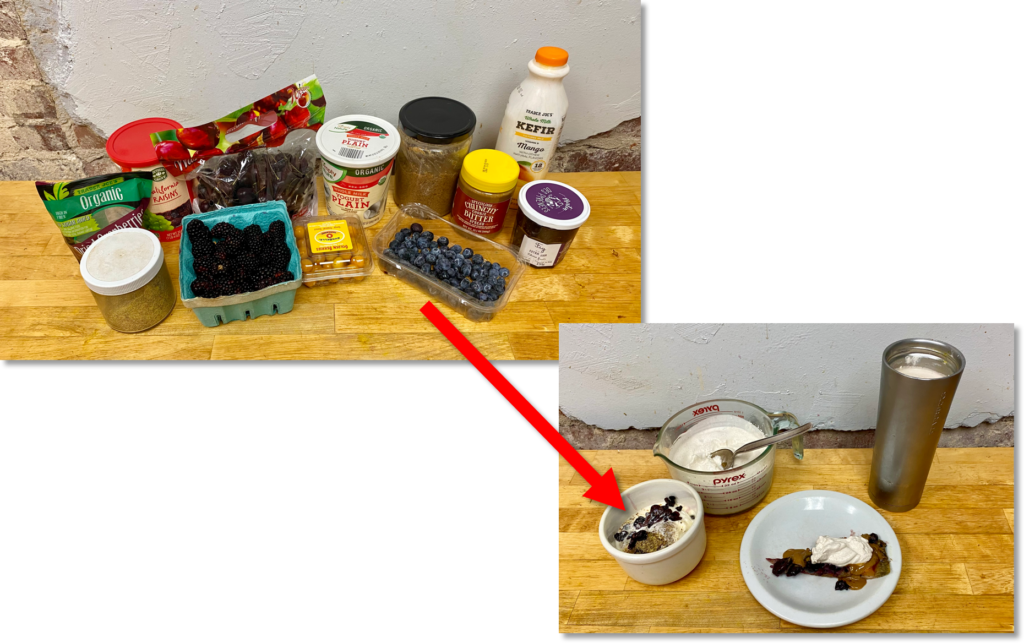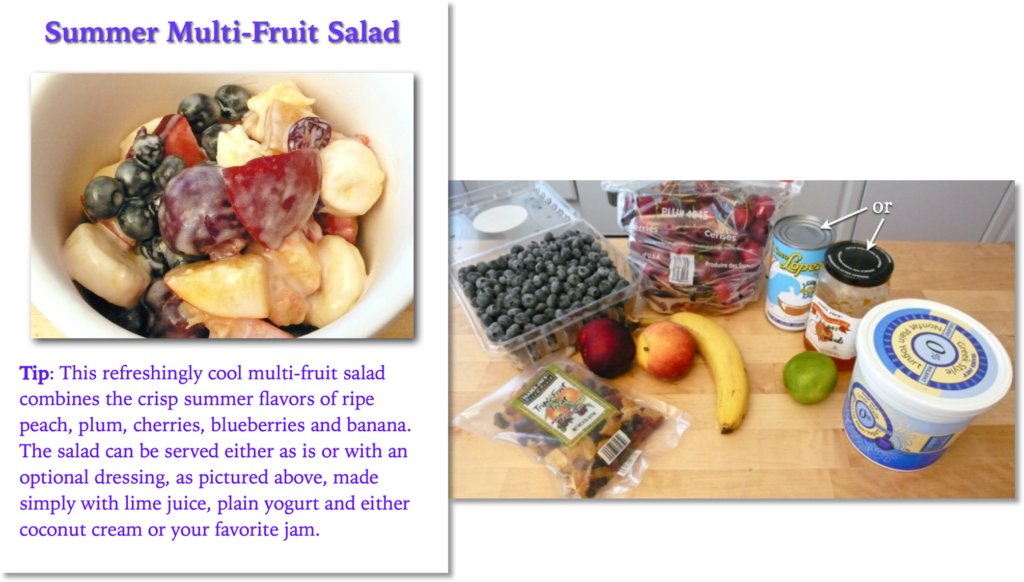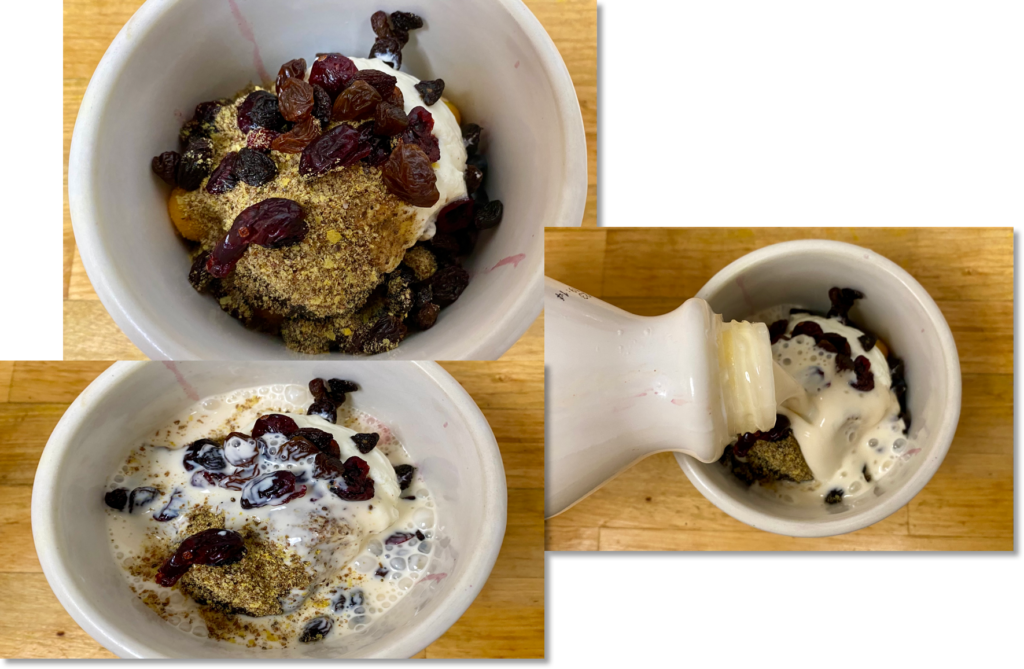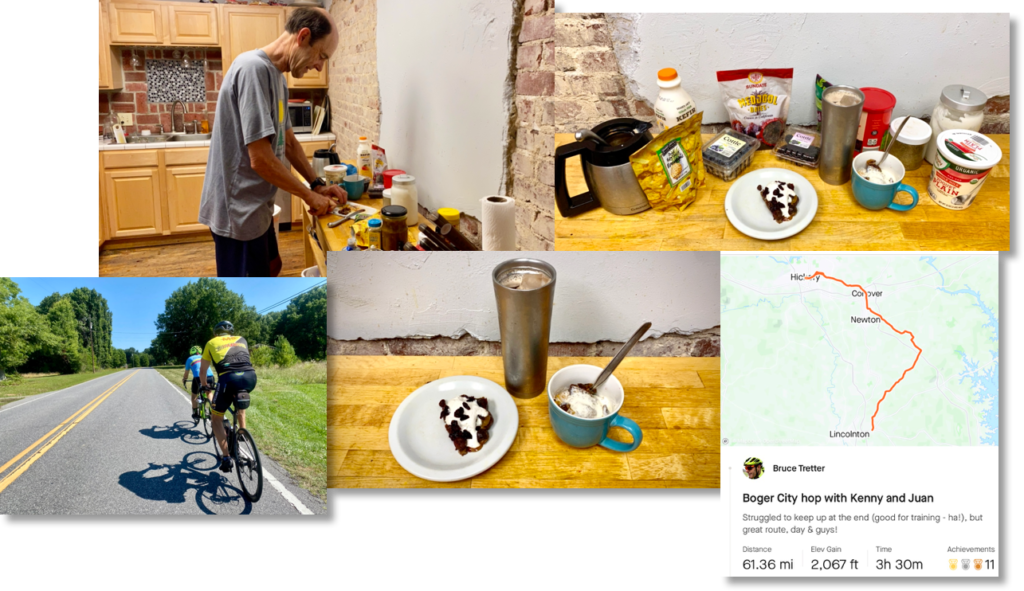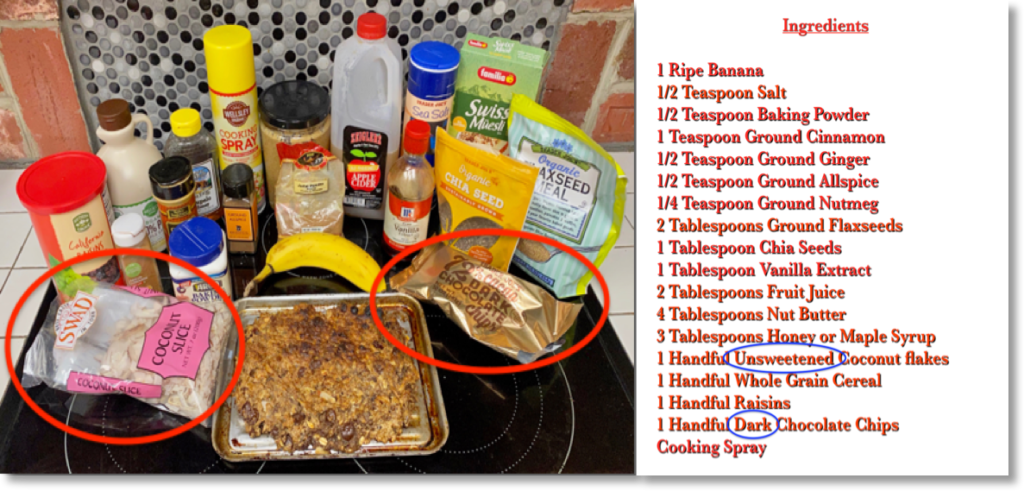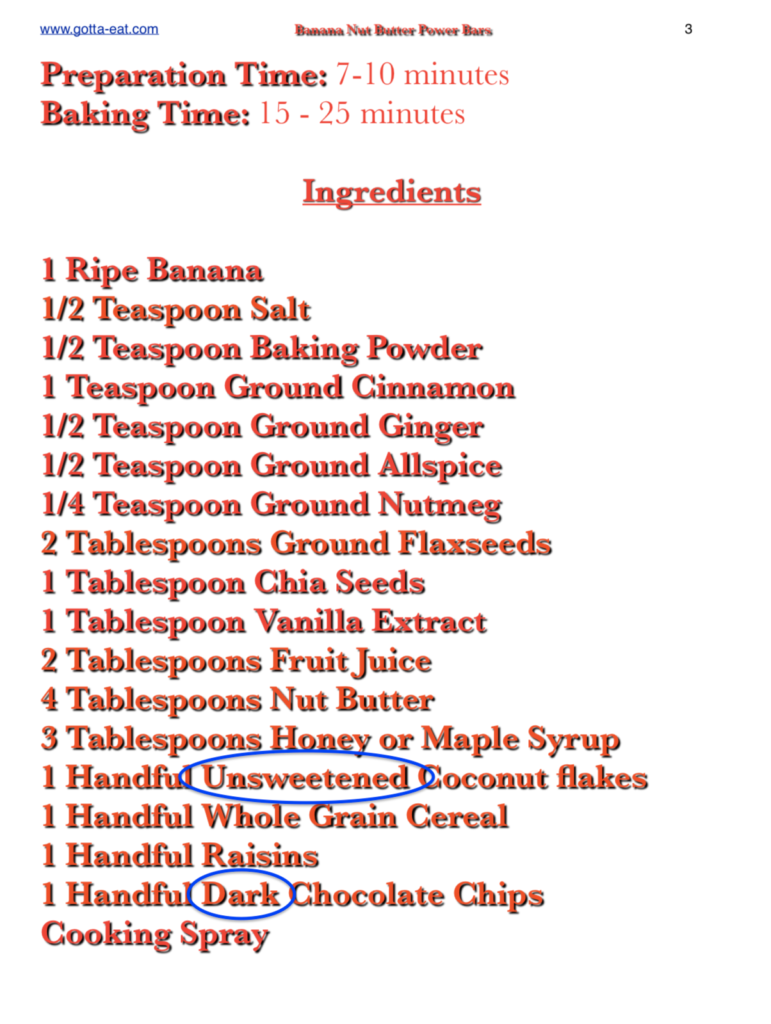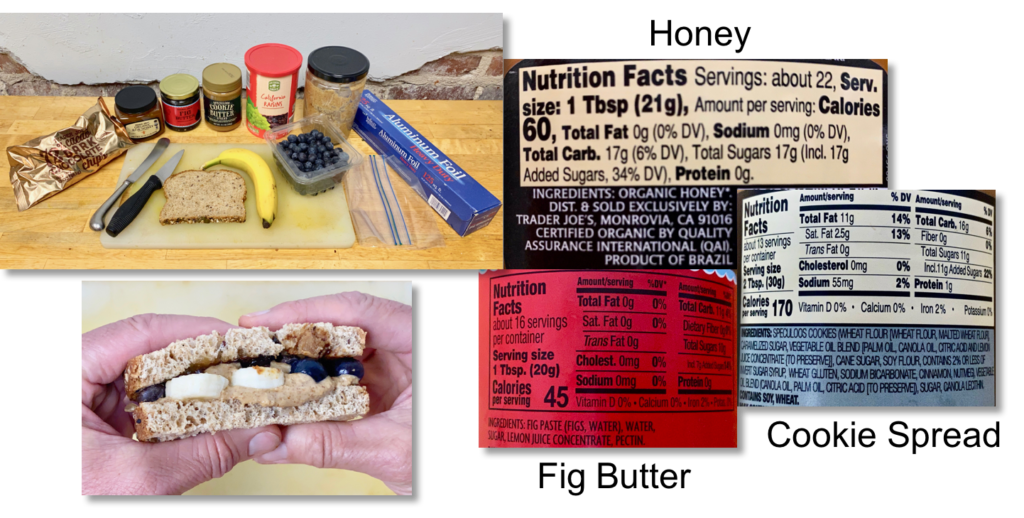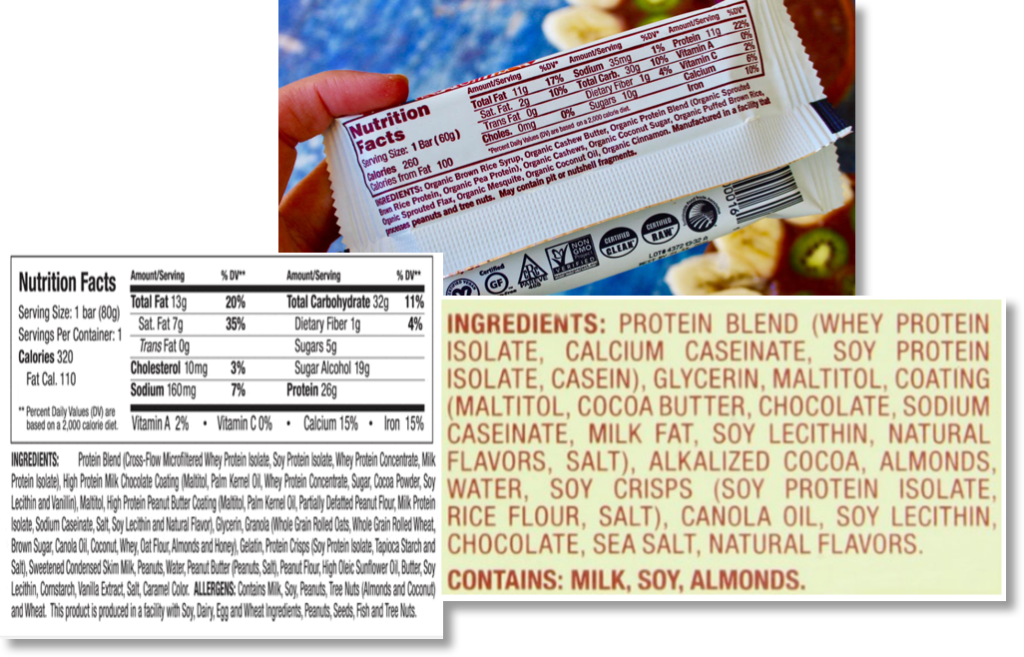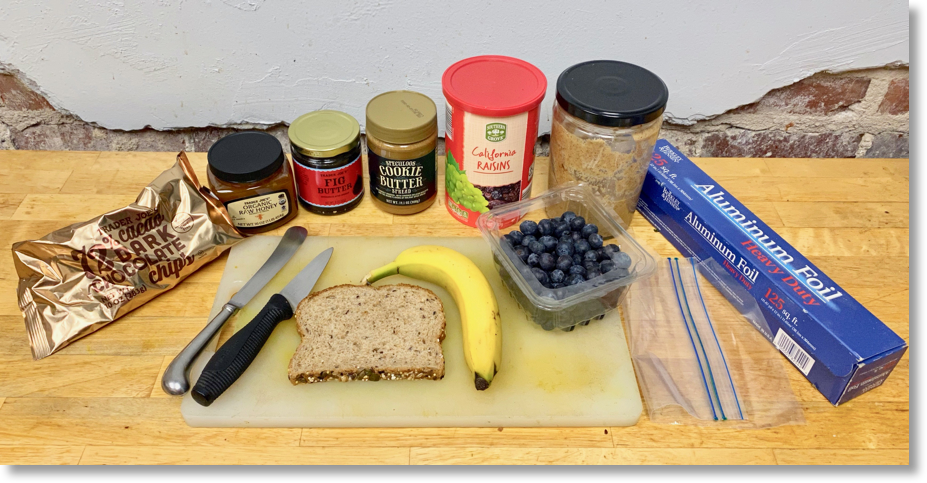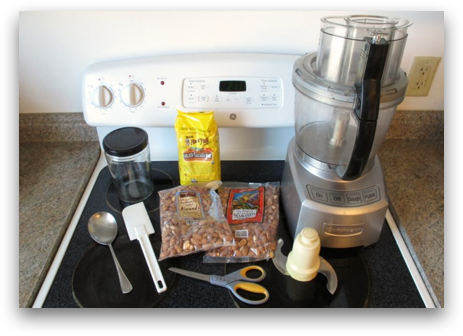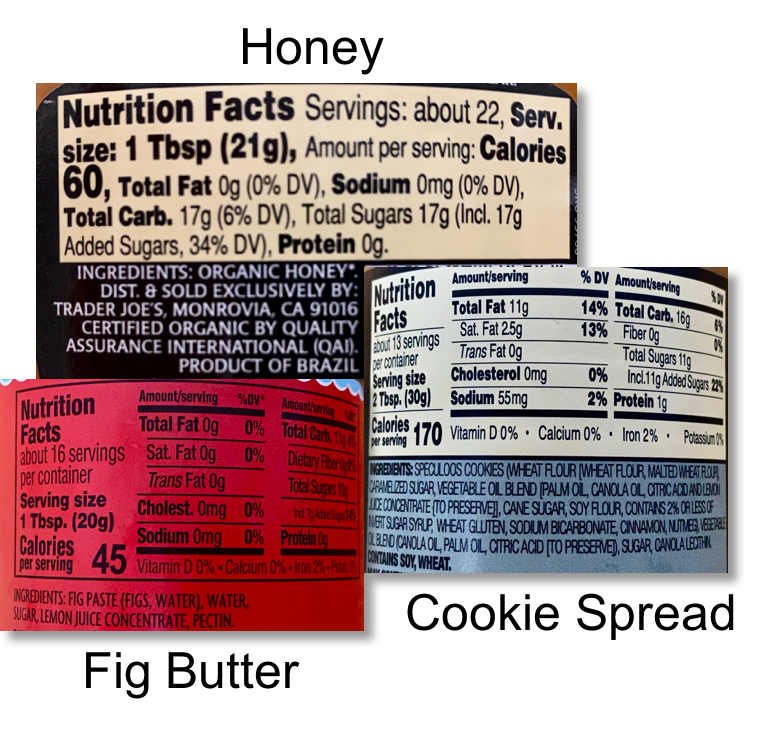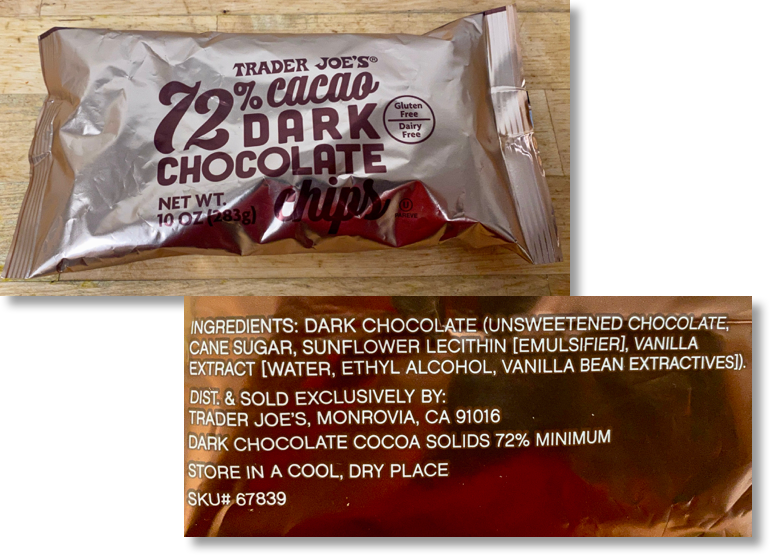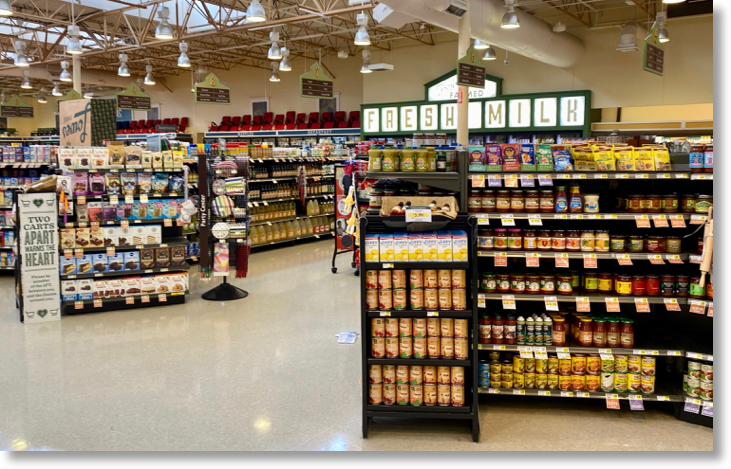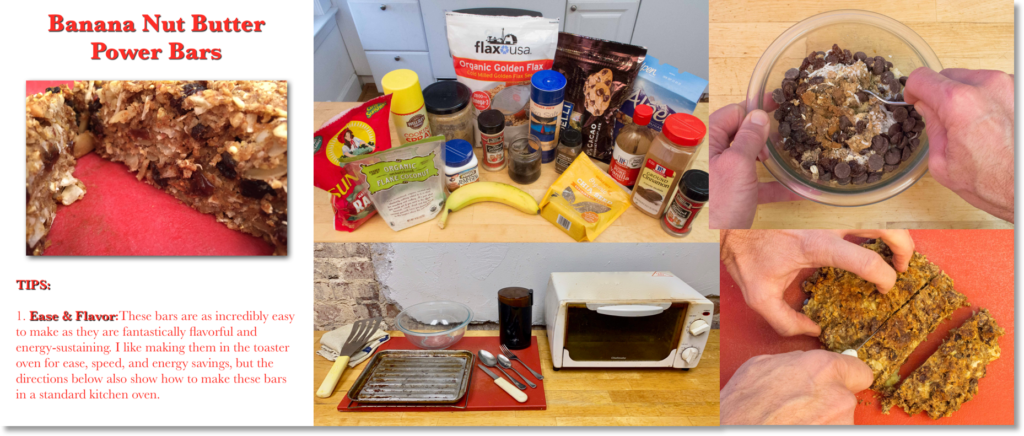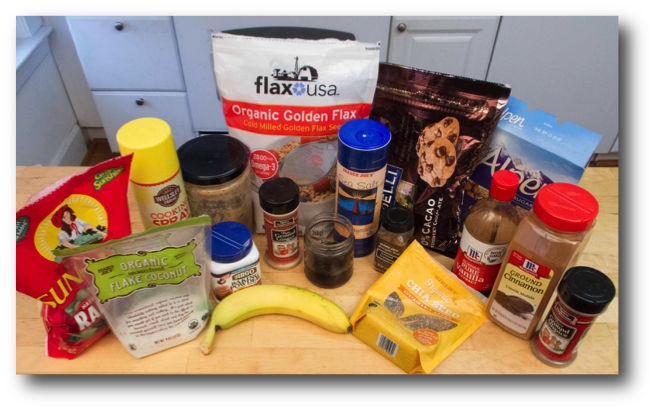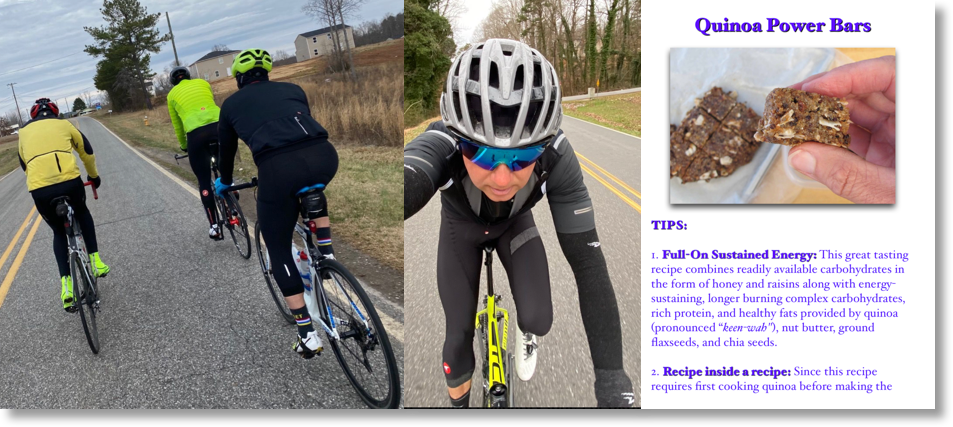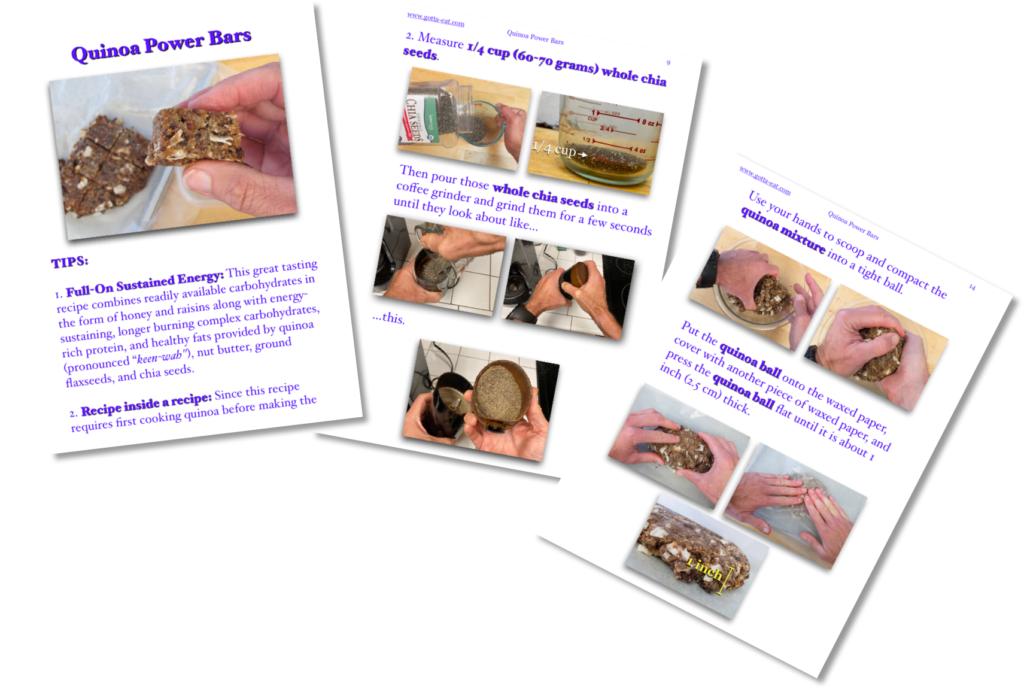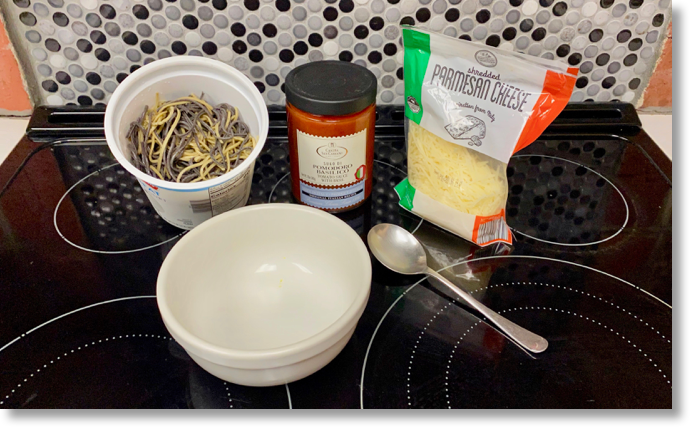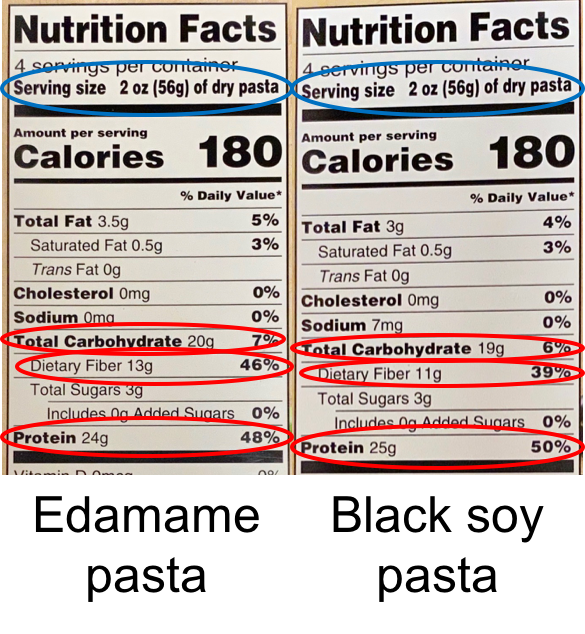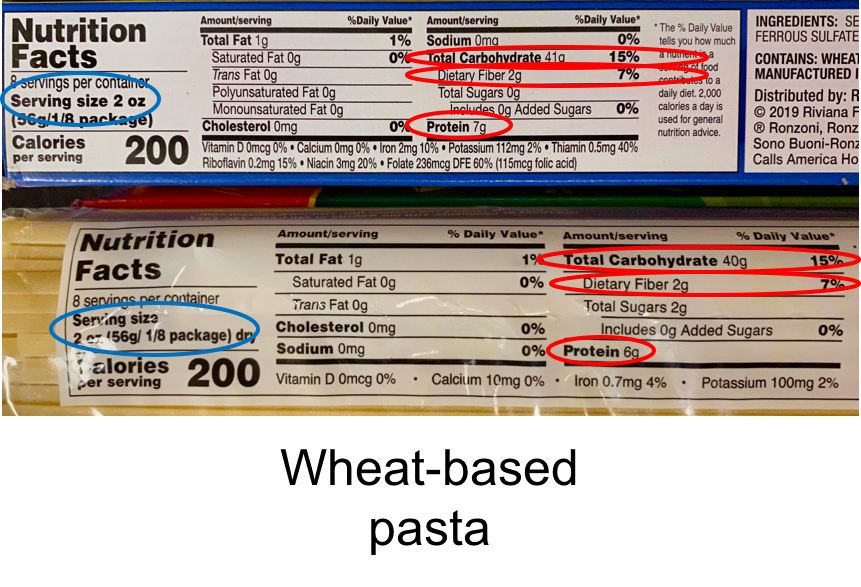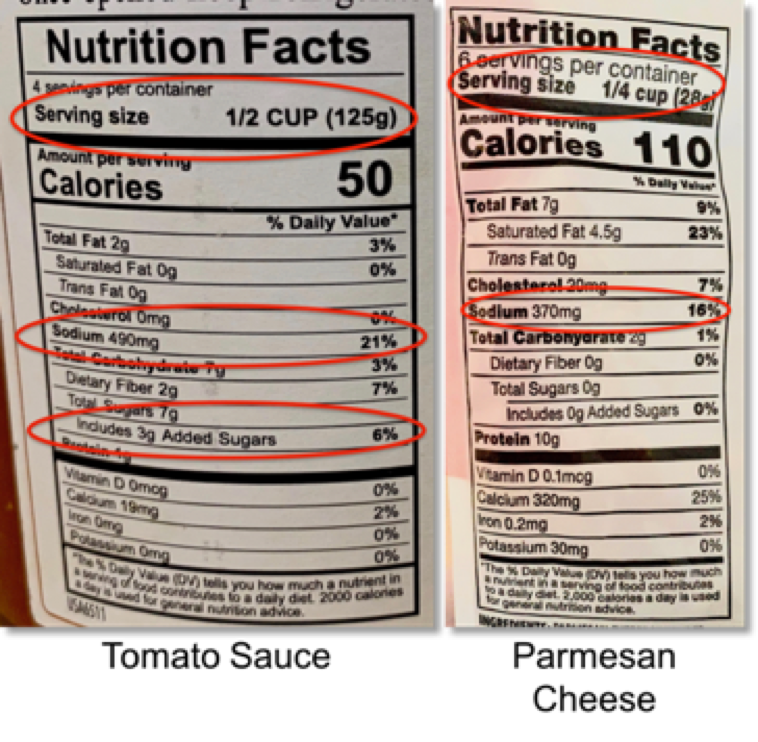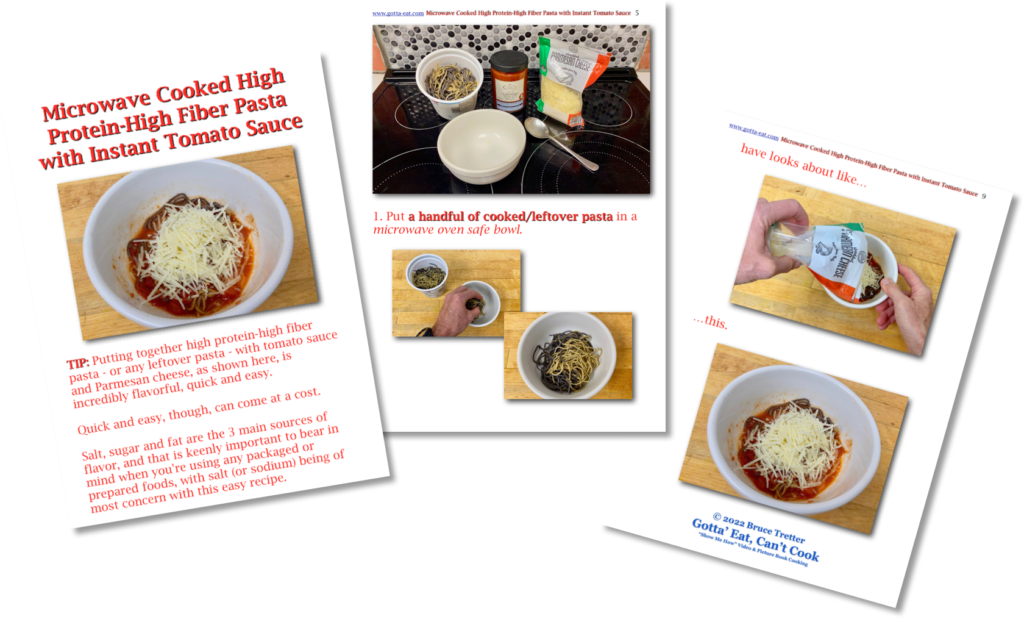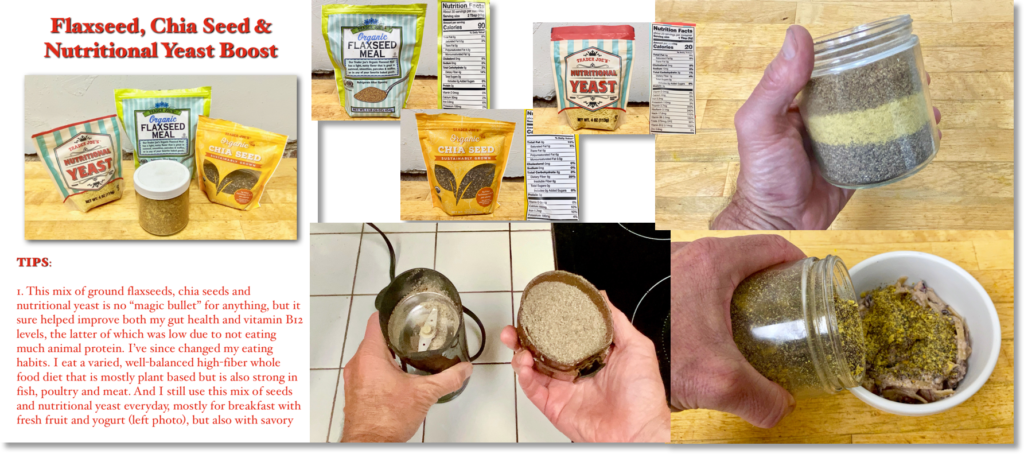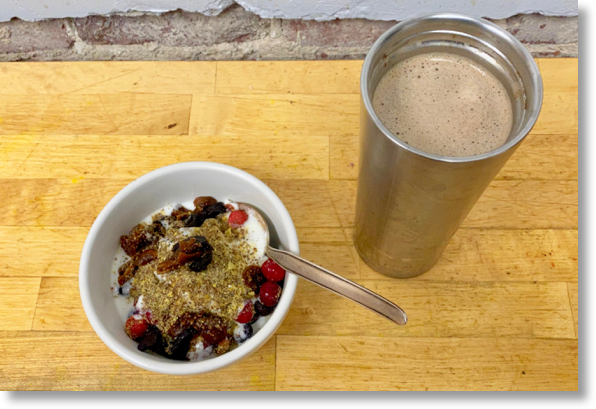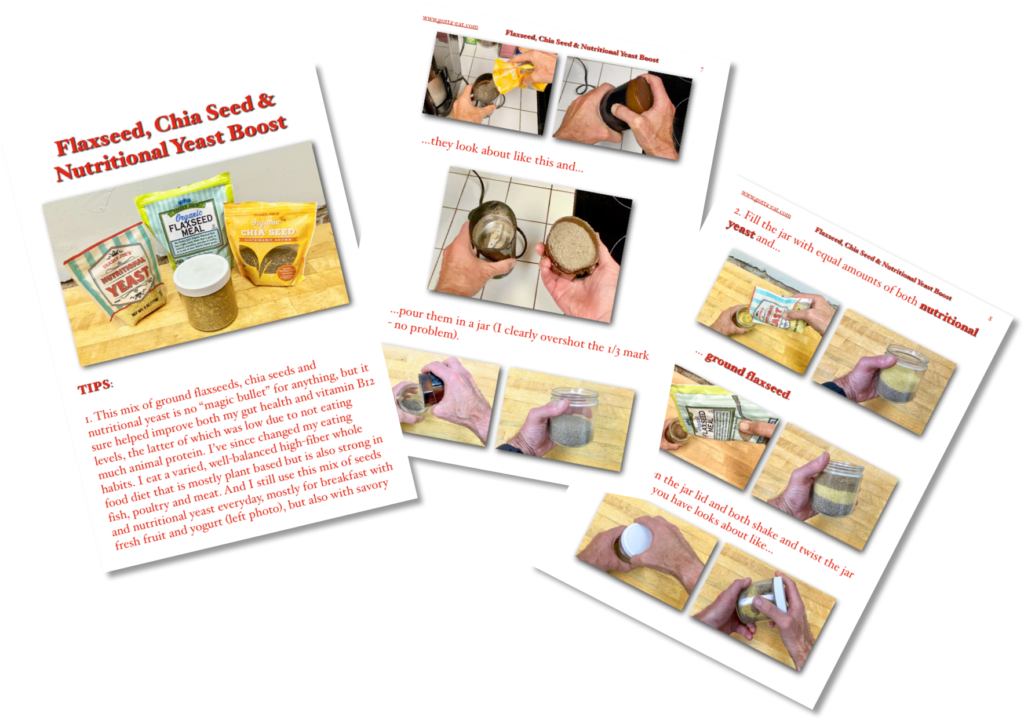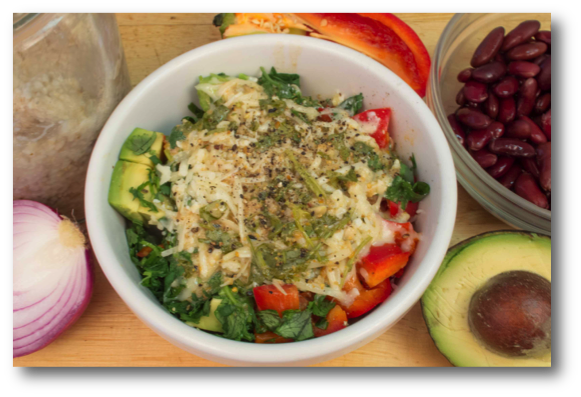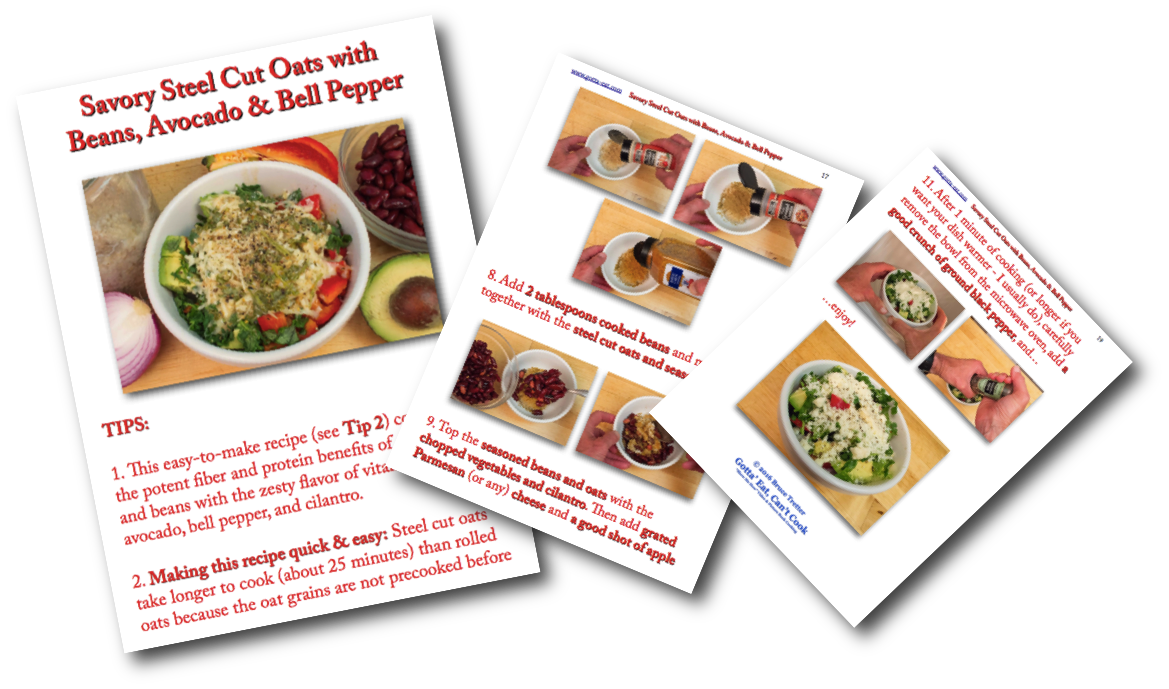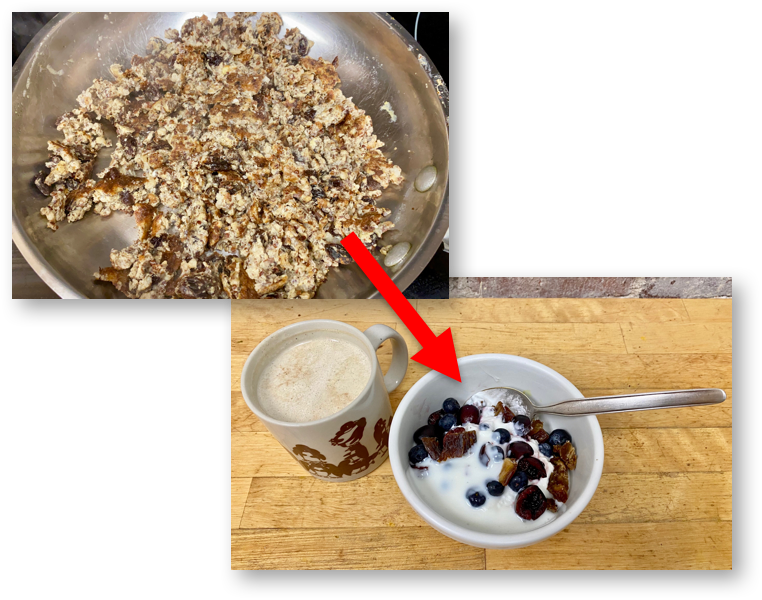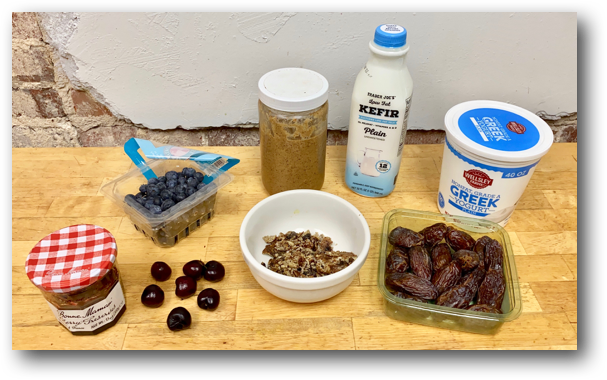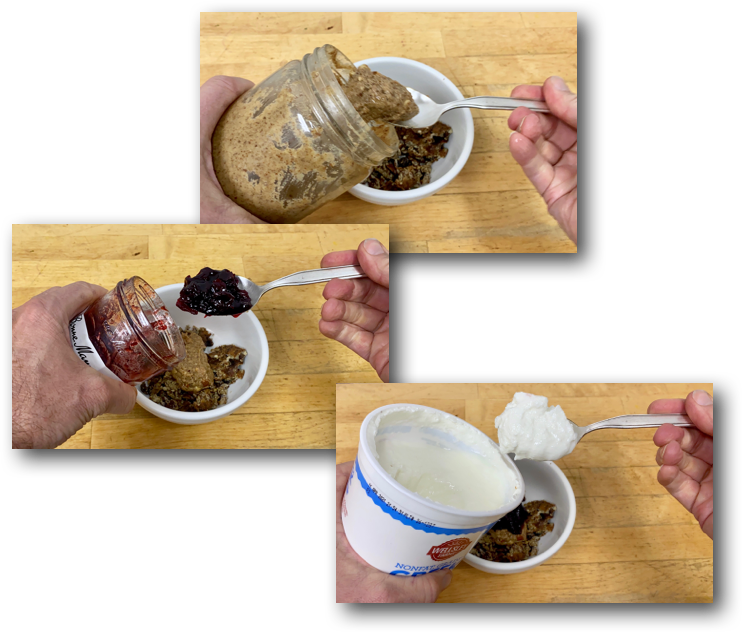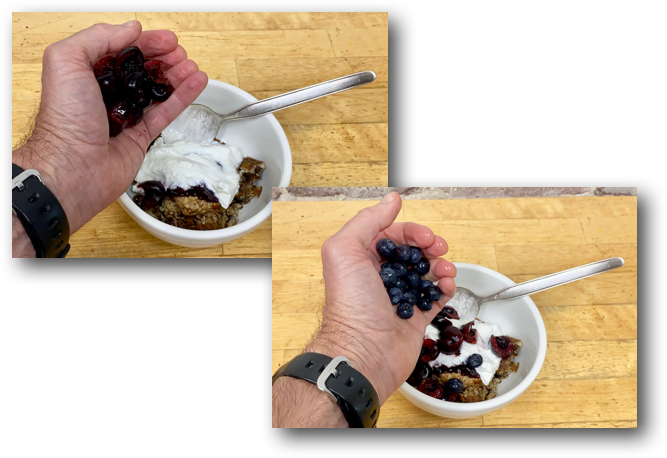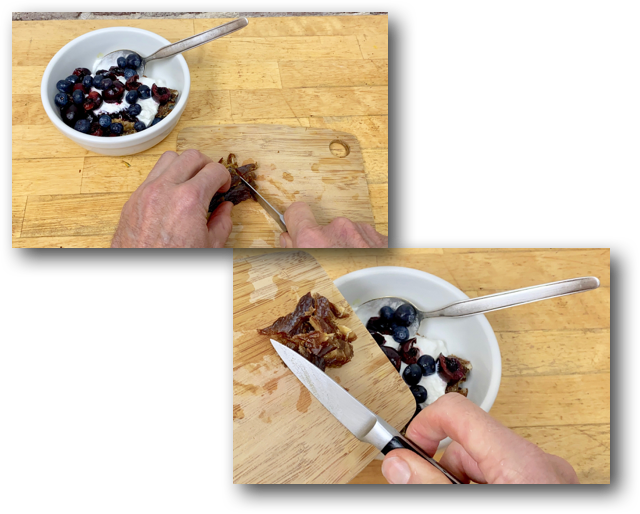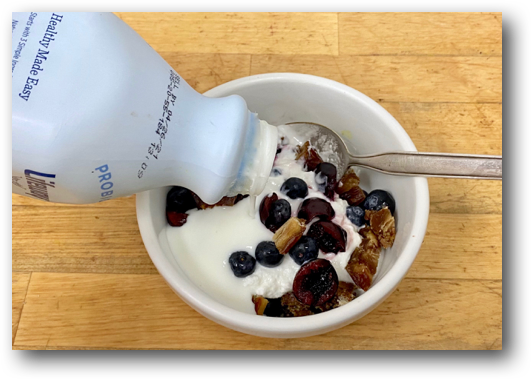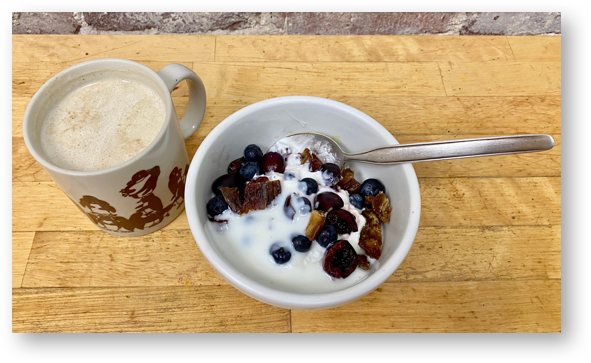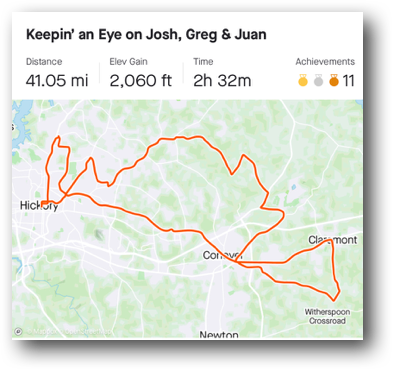Putting together leftover pasta, tomato sauce and Parmesan cheese as shown here is incredibly flavorful, quick and easy.
Quick and easy, though, can come at a cost.
Salt, sugar and fat are the 3 main sources of flavor, and that is keenly important to bear in mind when you’re using any packaged or prepared foods, with salt (or sodium) being of most concern here for reasons outlined in the pasta and sauce recipe you can download by clicking this link.
Right now, let’s look at the three ingredients regarding their salt, sugar and fat content.
The first thing to look at on a nutrition label is serving size, circled in blue, because that number directly relates to all the quantity of the components (fat, cholesterol, etc.) listed below serving size. As listed on their nutrition labels, the high protein-high fiber soybean pastas I used have no sodium and very little fat. The only sugar comes from sugar in the soybeans. That’s fine.
To be fair, here are nutrition labels from two packages of traditional wheat-based pasta. You can see that the fat content for both, 1 gram, is minimal per 2 ounce serving. You can also see that these pastas contain no sodium or sugar. Of course, the biggest difference between the pastas above and below is the significant increase in protein and fiber found in the high protein-high fiber pastas.
Below are the nutrition labels from the tomato sauce and Parmesan cheese I used. One of the important numbers not listed on any of these nutrition labels is the daily allowed amount/value of sodium, which is 2300 milligrams (mg) per adult.
As shown above, the serving size for the sauce is 1/2 cup. 1/2 cup equals 4 ounces or 8 tablespoons. The serving size for the Parmesan cheese is 1/4 cup, which is the same as 2 ounces or 4 tablespoons. To make the pasta and sauce recipe featured here, I used 3 tablespoons (1 1/2 ounces) of tomato sauce (165 mg sodium) and about 1 tablespoon of Parmesan cheese (95 mg sodium) for a total of 260 mg sodium with both the sauce and cheese combined. 260 mg is 11% of the recommended daily sodium allowance of 2300 mg.
You can also see that the fat in the sauce is almost nothing, but seems to be high with the cheese. Again, serving size is most important. I only used 1 tablespoon of shredded Parmesan cheese, which is 1/4 of the serving size, which then translates to 1.75 grams of total fat or 2.25% of the recommended daily allowance of total fat and 1.1 grams/6% daily allowance of saturated fat.
Finally, the tomato sauce contains almost no sugar, especially in relationship to the 3 tablespoon serving size I used. The cheese contains no sugar at all.
Both the information above and how to use it to determine what you actually take into your body apply to all packaged or prepared foods, which you know from experience make up most of the floor space in a grocery store.
Click this link or the photo below for picture book directions that show how to make high protein-high fiber pasta – or any pasta – with tomato sauce.

 August 30th, 2023
August 30th, 2023 

